A new era for the NZ Dryland Forests Initiative
Harriet Palmer and Paul Millen, New Zealand Tree Grower August 2016.
Tree Grower readers will be familiar with the development of the New Zealand Dryland Forests Initiative. This goes back to the early 2000s, when Marlborough-based forester Paul Millen saw a need for an environmentally friendly alternative to treated radiata pine posts in Marlborough’s vineyards.
The New Zealand Dryland Forests Initiative has achieved a significant amount since the early 2000s, with over $3 million invested in the project by a unique combination of public and private funders. The project is due to the vision that New Zealand will be a world leader in breeding ground-durable eucalypts, and to be home to a valuable sustainable hardwood industry, by 2050.
It is now entering a new era, as part of the Specialty Wood Products Partnership, more details of which can be seen in the May 2016 Tree Grower. It seems timely to take stock of where the project has come from and where it is going over the next few years.
Ingredients for success
We know we can produce valuable products which are competitively priced, environmentally friendly and sustainable for markets at home and overseas. Potential opportunities include −
Vineyard posts
- Fencing and buildings on farms
- Applications where strong durable timber is needed such as rail sleepers and wharves
- Cross-arms for power poles
- As a component in laminated timber
- Some eucalypt timbers could also replace high-value tropical timbers such as teak.
Trees which grow productively in New Zealand
We have selected species which, with genetic improvement, will grow fast and straight, have known pest, disease, drought, and frost-resistance properties, and will perform reliably on a range of sites, and produce high quality hardwood. Our selection and breeding programme will produce trees with consistent properties of natural durability, low growth strain, high heartwood percentage and high stiffness.
Interested growers and users
Land owners are already taking the initiative, with nearly a million durable eucalypts planted in the past few years. Some organic growers in Marlborough are using hardwood posts to test their long term use. Processing options and markets are also appearing apace as the project gains momentum. The project has a scientifically robust development method in its aim to produce superior planting stock.
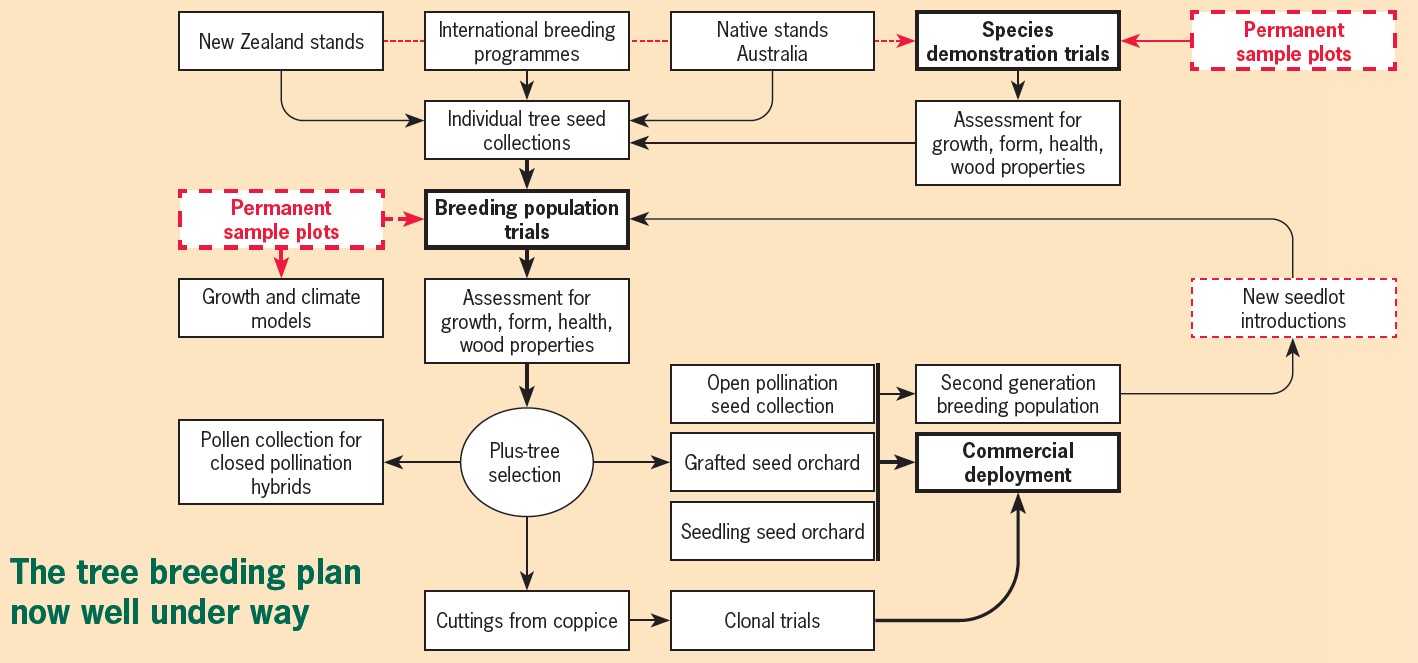
Selecting the top five species
The most difficult early decision was selecting the species for a new tree breeding initiative. This was made by the project’s science team, a group which includes expert tree breeders from the University of Canterbury School of Forestry as well as Ruth McConnochie, one of New Zealand’s most experienced tree breeders. A top five list of species was eventually selected, based on the following criteria −
- High natural durability
- Fast growth and straight stems
- Rich diversity of colour
- Early heartwood formation
- Drought and frost tolerance
- Coppice vigorously
- Nectar and pollen for native biodiversity and bee keeping
The top five eucalypt species selected for deployment in breeding trials are shown in the table.
| Species | Also known as | Durability Class Australian standard |
|---|---|---|
| E. bosistoana | Coastal grey box | 1 |
| E. argophloia | Western white gum | 1 |
| E. quadrangulata | White topped box | 1 to 2 |
| E. tricarpa | Red ironbark | 1 |
| E. globoidea | White stringybark | 2 |
Durability is complex and varies within species, with the age of the tree, the size of the piece of timber being used and other factors. Therefore, the durability classifications shown in the table can only be taken as a guide.
An additional six species were also selected based on the same criteria for planting in demonstration trials. Seed collection from New Zealand and Australian populations of the selected species was managed by Proseed, New Zealand’s largest supplier of tree seed.
The trial site network
Since 2008, Paul Millen has worked with private and public landowners to establish around 30 trial sites, covering a range of climatic zones and site types. These trials will continue to be used extensively for research and extension activities.Over 140,000 trees have been planted in the breeding trials to ensure selection of multiple elite trees. Initial selection of phenotypically superior trees, in other words how they look, were made when the trials were thinned. Crucially, the trial site network contains over 200 Permanent Sample Plots with early growth data now being analysed.
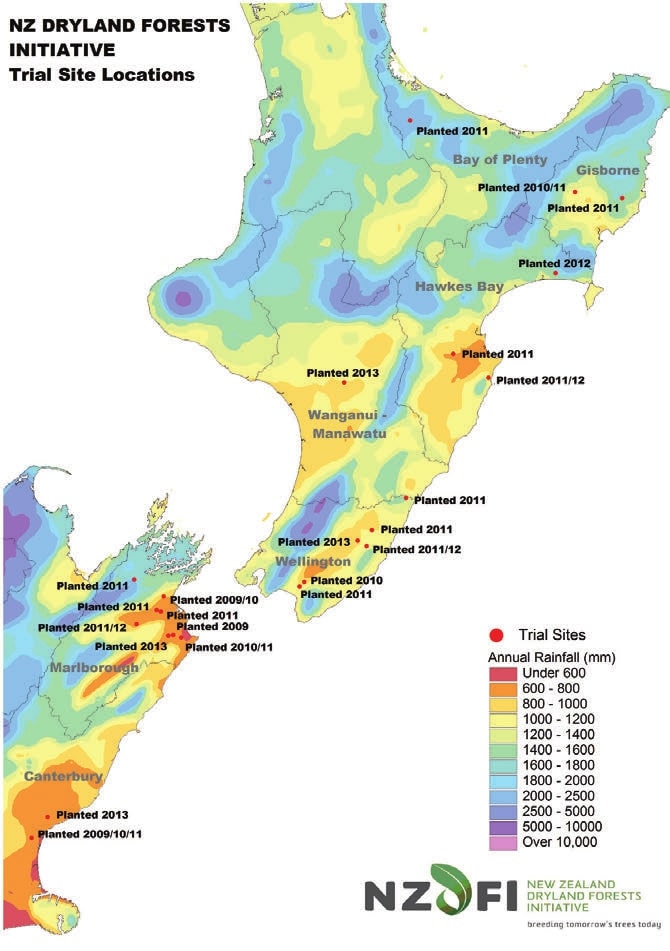
Research programmes
The School of Forestry research team working on related projects has grown to up to 20 researchers, including eight PhD students, academic staff and technical support staff. In essence, the various research programmes aim to identify as early as possible desirable traits, such as wood quality and site species interactions.
Techniques being developed by the research team focus on high-technology, fast and cost-effective testing young trees in very large numbers and with a broad genetic base. Results can then be fed back into the breeding programme, enabling more rapid identification of superior genotypes in the trial plantings.
Timber durability
Durability is determined by the level of extractives the naturally produced chemicals which protect the wood − which are laid down in heartwood. Heartwood is also the most attractive timber for high value appearance markets. There is still a lot to learn about how heartwood develops and the heritability of heartwood and durability.
Testing for heartwood and the level of extractives means sampling the heartwood, and if this can be done without destroying the tree there are many advantages. The team, led by Clemens Altaner, have worked with Callaghan Innovation to develop a novel coring tool. Sampling young trees is now under way. Many thousands of cores will eventually be taken and tested for extractives.
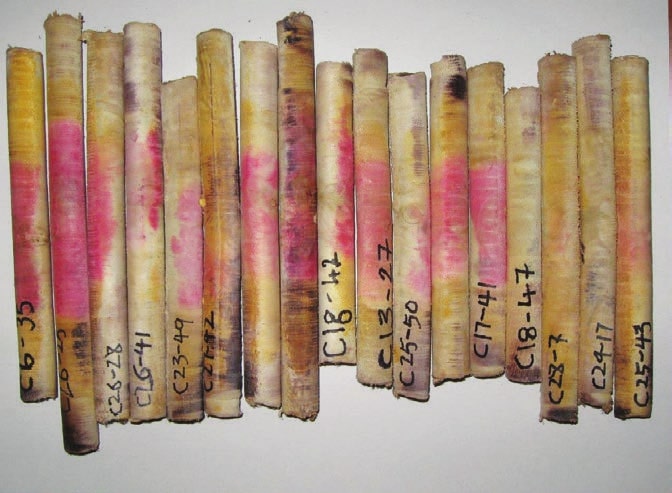
Growth strain
Growth strain in eucalypt timber has always been a major deterrent to the eucalypt industry. Different species and genotypes within species display different levels of growth strain, but to test for growth strain, sampling has to be destructive. Researchers have begun sampling with material being taken from trial plots.
Techniques under development will allow the team to test large number of samples very quickly – this is essential given that many thousands of samples will be tested. Sacrificial planting of around 10,000 trees, mainly E. bosistoana and E. argophloi, has been established at Murrays Nursery, Woodville, and these trees will be destructively sampled late in 2016.
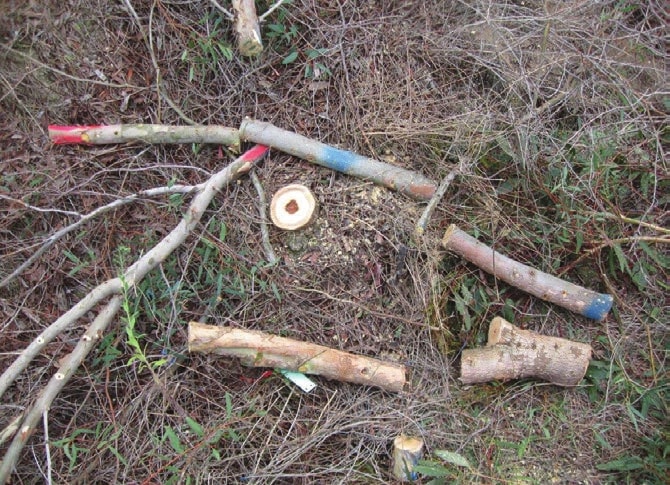
Sites and species interactions
By modelling growth of various eucalyptus species as with respect to topographic, soil-related and climatic site characteristics, the aim is to improve the ability to select the most appropriate species for any given planting site. There are three stages to site-species modelling −
- Measuring the growth of trees
- Measuring site characteristics at a suitable scale
- Modelling the relationship between growth and site characteristics.
This research programme is well underway and led by Justin Morgenroth. Researchers at the School of Forestry are also working on productivity and growth modelling, insect pest resistance and spiral grain. In addition, Dean Meason at Scion is developing a growth model for E. globoidea. The potential role of durable eucalypts in bee nutrition is another useful research area.
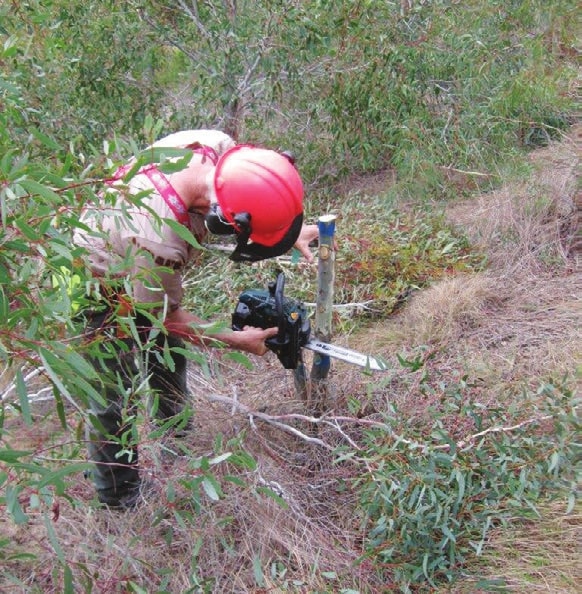
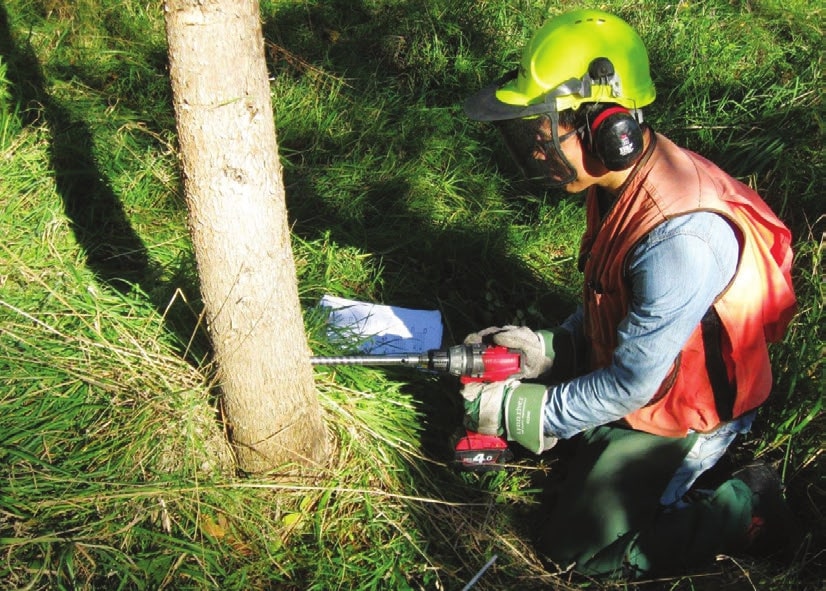
Technology transfer and the future
In 2016, we held field events in Marlborough, Gisborne, the Bay of Plenty, Taupo and north Canterbury. The north Canterbury event included a visit to Proseed’s new propagation facility at its Amberley site.
Proseed staff have been to Australia to improve their micro-propagation techniques, and will have the ability to produce large quantities of improved material when superior genotypes are available. The tree breeding team anticipates that this will be in around two or three years.
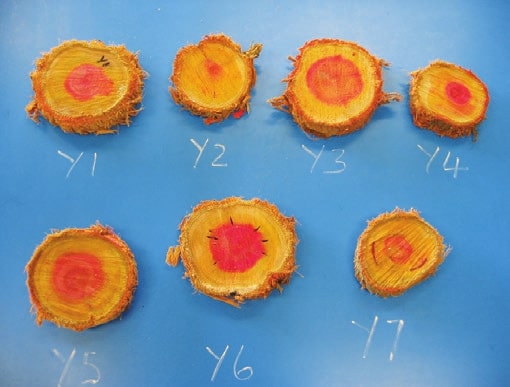
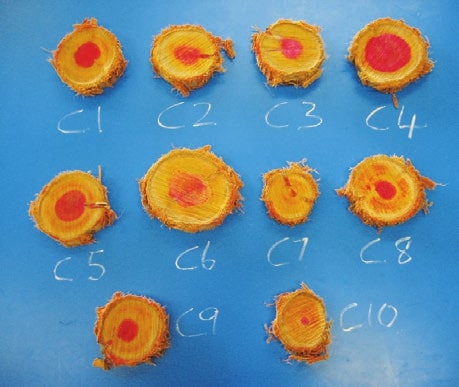
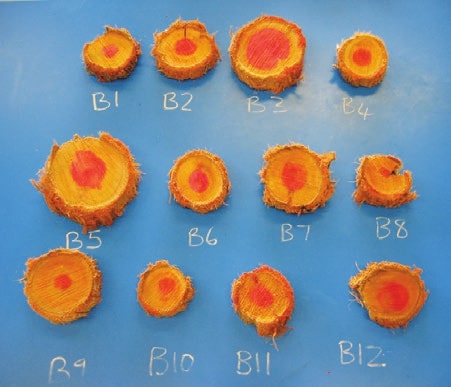
In the meantime, close to a million ground-durable eucalypts have now been established in New Zealand, of which 90 per cent are outside the trial network. In other words, land owners are impatient to plant these trees and are prepared to get under way despite only unimproved seedling stock being available.
Since July 2015, New Zealand Dryland Forests Initiative has been a part of the government and industry funded Specialty Wood Products Programme There are six more years to work on the following priorities −
- Selection and out-crossing to improve growth, form, wood quality and pest resistance
- Matching species and sites for optimal productivity
- Modelling, management and silviculture systems.
Conclusion
The time is fast approaching when the first generation of genetically improved stock will be available to growers. In the meantime, the major research effort associated with the New Zealand Dryland Forests Initiative will continue, meaning that second and third generation trees will come on stream and be superior to those in the first generation.
Land owners keen to plant eucalypts will have the option of using improved stock in the knowledge that the trees will show markedly better and more consistent growth and form than unimproved stock, and produce timber with known durability and growth strain characteristics. New markets for durable eucalypts will develop as a result of the work of the Specialty Wood Products Partnership.
Land owners will soon be able to consider ground-durable eucalypts as one element in their possible uses for marginal land, along with examples such as radiata pine, manuka and livestock grazing. The challenge for the land owner is to select options which result in the best use of land, and also provide diversity in the farming system. We are confident that durable eucalypts can contribute to this diversity.
Paul Millen is New Zealand Dryland Forests Initiative project manager and Harriet Palmer is the communications adviser.

 Farm Forestry New Zealand
Farm Forestry New Zealand